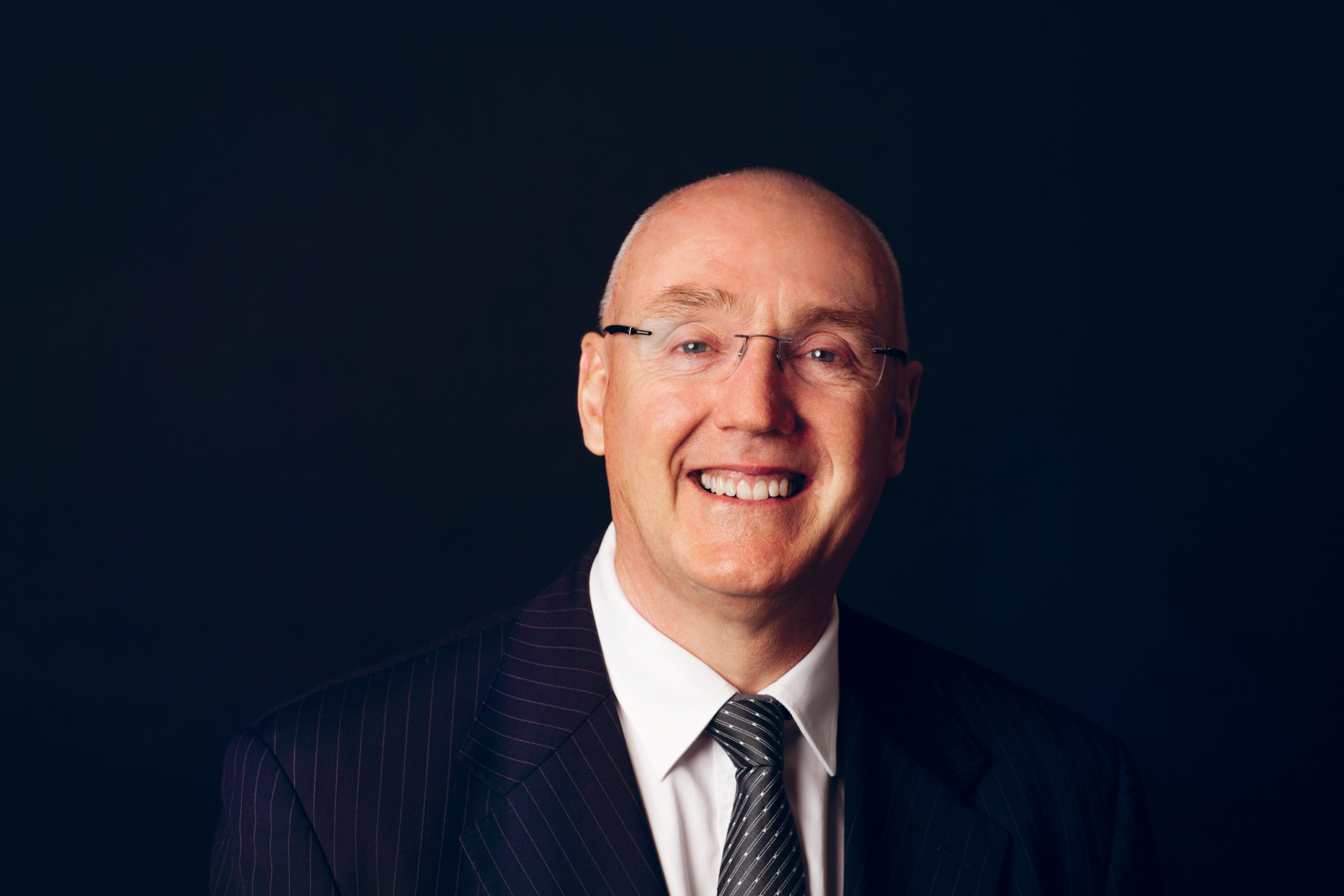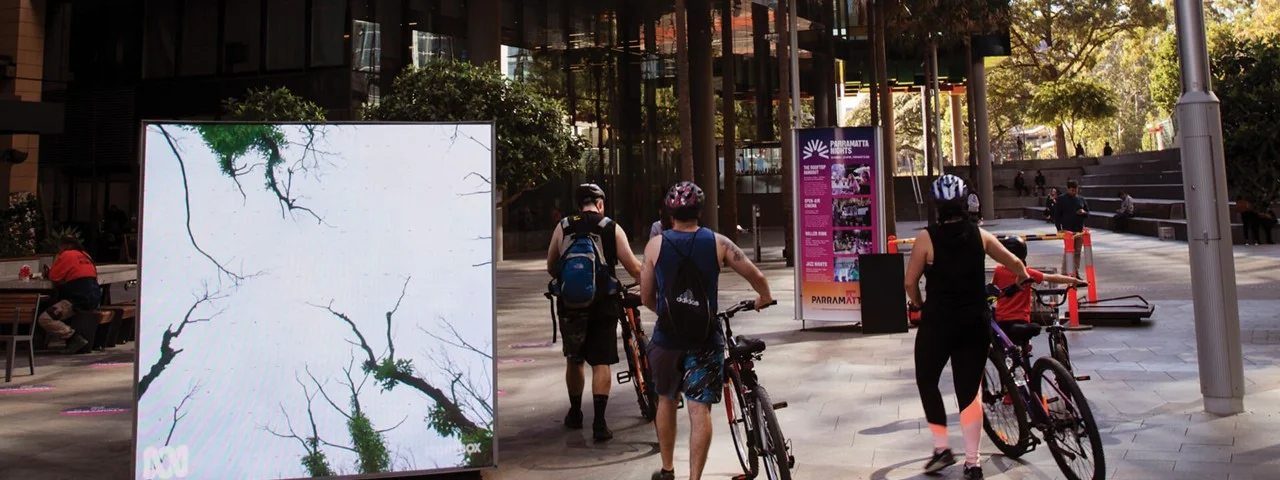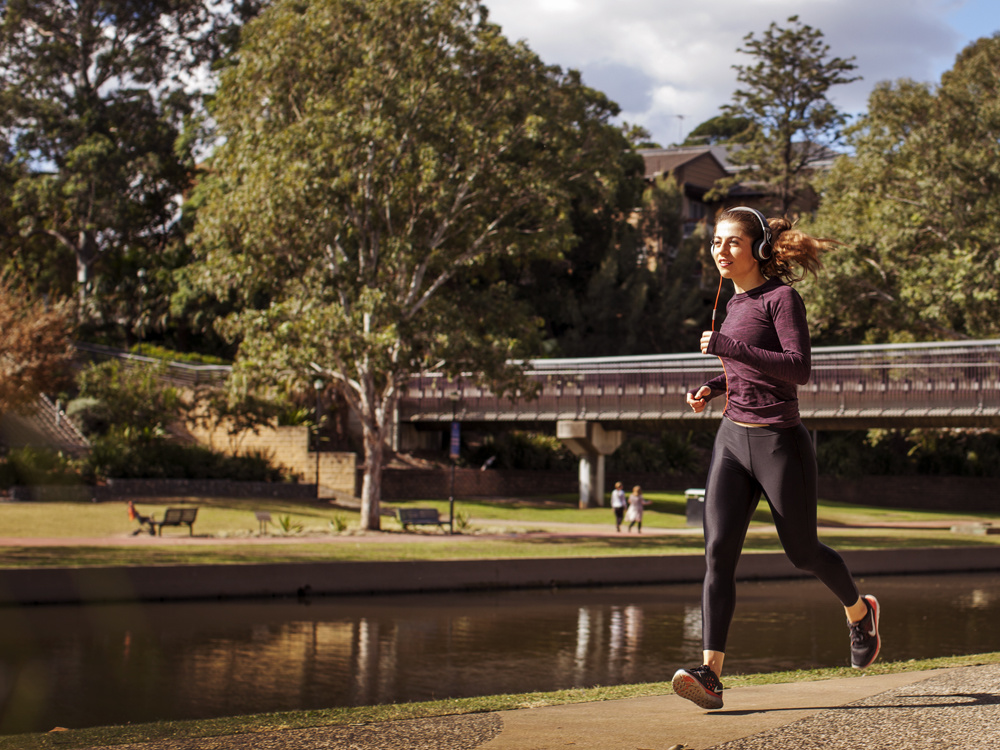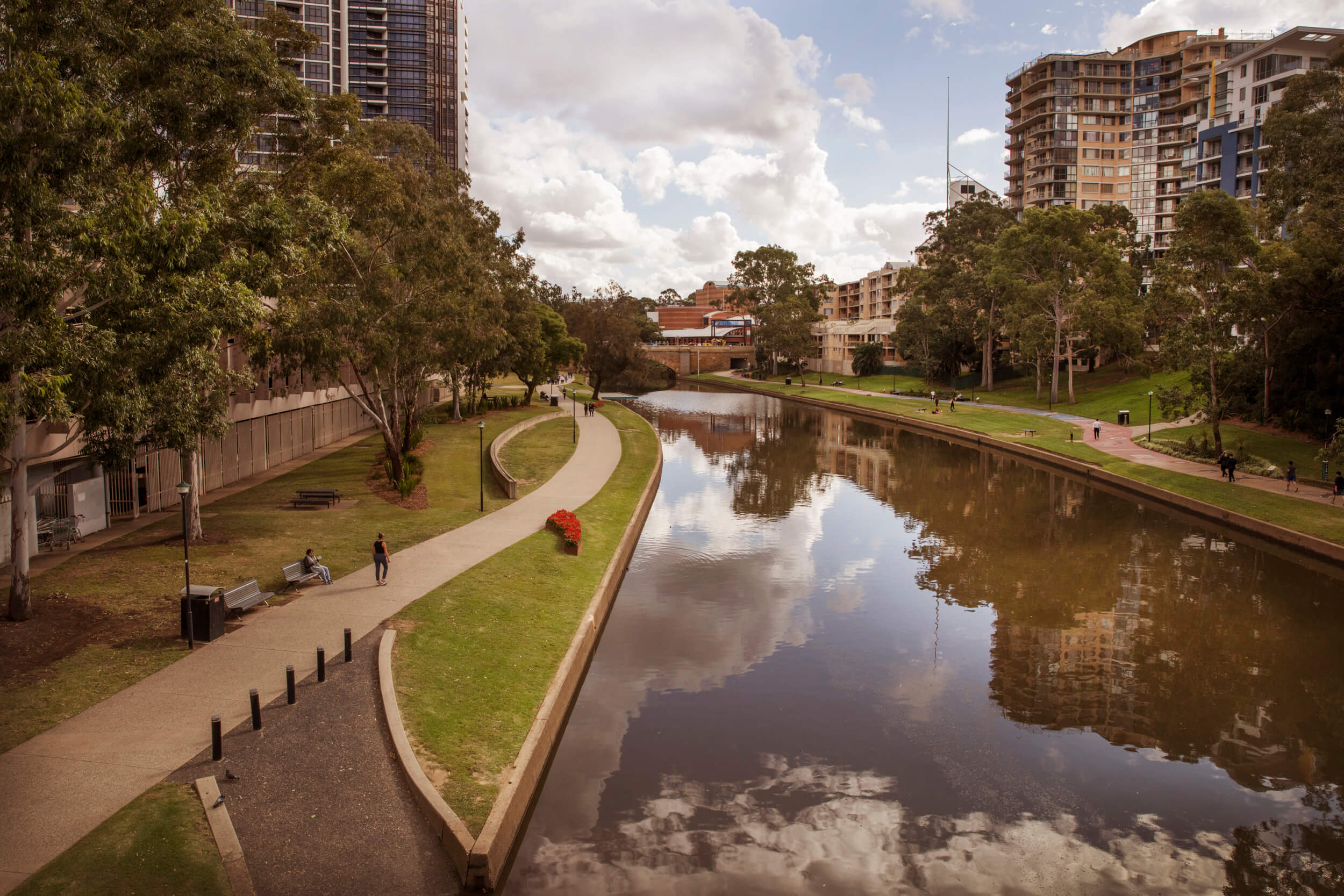ACKNOWLEDGEMENT OF COUNTRY
With respect for Aboriginal cultural protocol and out of recognition that its campuses occupy their traditional lands, Western Sydney University acknowledges the Darug, Eora, Dharawal (also referred to as Tharawal) and Wiradjuri peoples and thanks them for their support of its work in their lands (Greater Western Sydney and beyond).
CONTENTS
Foreword
Cities are never finished. The good ones – the cities that attract talent and investment, those that culturally radiate and compel – are in constant flux and change. These are the cities that reach and retain a level of recognition that sees them enter the urban lexicon as ‘global’.
Parramatta is a city in a state of acceleration. The past five years alone have seen Parramatta Square emerge and redefine the cityscape. A world-class museum, in the Powerhouse, is under construction. A new light rail network is traversing the city. Internationally recognised research and health expertise is coalescing at Westmead, soon to be linked to a wider technology ecosystem by a rapid metro connection. And a young, diverse and ambitious population is driving an educational, cultural and socioeconomic transformation.
In other areas, Parramatta’s journey of becoming has faltered. Its connecting roads constrict the city’s relationship with its region. Public space, forums for civic dialogue, and culturally
and gender inclusive areas are in decline. The city’s Indigenous heart, its millennia of becoming, is significantly unknown, unheralded and undervalued.
In parts, the city’s evolution has become misaligned. The cultural and spatial incongruency of Rosehill Racecourse with the wider city is obvious yet unchallenged. Sydney Olympic Park has failed to rearticulate its urban narrative like other post-Olympic cities, for instance, Stratford in East London. Camellia remains unsolved, stalled and neglected. Genuine inclusiveness and transparency in planning, in process and intent – by all parties – will recast and return these outliers to the centre of Parramatta’s trajectory.
Understanding the possibilities open to Parramatta requires we recognise its strengths and weaknesses. Some assets are unmissable, such as the city’s rapid and profound urban regeneration. Other characteristics are less well known but no less, like Harris Park, or the city’s underground textile, entrepreneurial and arts ventures. These ‘boroughs’ of city-defining activity and blossoming, make Parramatta what it is, and should not be lost.
This Review was commissioned by a Premier who clearly believes in Parramatta’s potential. I thank him for the foresight and the opportunity to contribute to such an important exercise for our region, and NSW more broadly.
The Review does not set a path, or a series of prescriptive steps towards a fixed idea of ‘Global Parramatta’. With the support of the Centre for Western Sydney, I have sought to present – through consultation, research and visioning – a narrative for Parramatta that sets out a series of critical choices.
It is up to governments (local, state and federal), the public and private sector, and most importantly, the community, to consider the choices this city makes possible, and this Review presents. Parramatta CBD and the Greater Parramatta, Westmead and Olympic Peninsula region will become a global city. It is up to its citizens what kind of global city it becomes.
Professor Barney Glover AO
Vice-Chancellor and President
Western Sydney University
This Review, prepared at the request of the NSW Premier, tests the proposition that Greater Parramatta can become a ‘global city’ by 2035. It foregrounds the city’s millennia as an Indigenous place of meeting, learning and exchange and seeks to imbue Parramatta’s future with those rich and compelling attributes.
BIG ACHIEVEMENTS
The Review recognises the city’s more recent colonial history in the context of its profound challenges but also its heritage and city-shaping properties. Parramatta, in the past five years, has been the focus of intensive and accelerated urban regeneration. Equally, it has been the recent beneficiary of substantial public infrastructure investments, evident in the Westmead precinct, the Powerhouse Museum, Parramatta Stadium, the Light Rail and Sydney Metro projects. These generational investments have also triggered momentum in other centres such as Bankstown, Blacktown, Campbelltown, Liverpool and Penrith.
Ensuring these positive developments work to the city’s benefit, particularly against liveability and sustainability benchmarks is an emphasis of the Review. The city’s elevation into a ‘global’ cohort is conditional on the preservation and enhancement of these attributes, particularly in fundamental areas like housing affordability, cultural expression, and connectivity. Recognising the investment and talent attraction properties of these elements is a vitally important and, ideally, distinctive element of Parramatta’s current and future character.
CHALLENGES
The city’s accelerated development and investment record is set against examples of comparative neglect, such as Camellia and the Rosehill racecourse. The Review notes the nature of these challenges and positions them within the wider set of objectives that must be addressed to optimise the continued development of Parramatta and the Greater Parramatta subregion.
The Review also promotes the less well-known but defining attributes of Parramatta that give the city its ‘soul’. Harris Park, with its vibrant and diverse cultural dynamic and its character-rich streetscape is but one of many examples. These zones or ‘boroughs’ of activity, place, and connectedness must not only be recognised but encouraged in their continued evolution as the distinctive characteristics of a ‘global’ Parramatta.
PRIORITIES
The Review identifies four priorities where government should now focus its efforts for this region over the next decade:
- Greater Parramatta needs a Strategic Plan and better cross-government cooperation and investment in the region;
- The development of the Greater Parramatta region needs to balance the goals of liveability and growth and better manage the unequal impacts of change;
- Greater Parramatta’s economic future needs to be secured through preserving and investing in the region’s industrial and urban services land; and,
- Sustainability needs to be a priority to ensure Greater Parramatta’s successful transformation into a resilient global city-region. The Review concludes that Parramatta will become a ‘global’ city, and notes that the real question is one of what type of global city it chooses to become.
The Review makes twelve (12) recommendations framed thematically across three priorities:
- Strategic Planning and Governance;
- Planning and Infrastructure Priorities; and,
- Liveability and Sustainability.
Introduction
The geographic centre of Greater Sydney, the Parramatta and the Central River City region is a vibrant space where the world’s oldest living culture continues to be practiced and maintained. The region is also where ‘the best ever’ Summer Olympic Games were held; where the largest cultural infrastructure project in NSW since the Sydney Opera House – the Powerhouse Parramatta – is being built; where Parramatta Square is transforming the city skyline; and where the world-class Westmead Health and Innovation Precinct will be delivered.
Unparalleled city-shaping public and private investment is already transforming the region. With a young, multicultural, and highly educated population the region has all the elements needed to become a ‘global city’.
Yet, the region’s success is not guaranteed and has recently been made more uncertain by the ongoing impacts of the COVID-19 pandemic and global climate change. At this historic juncture strategic planning and investment is required to ensure that the Greater Parramatta region realises its full potential.
Appreciating that the Greater Parramatta region was at a pivotal moment in its urban transformation, NSW Premier, the Hon Dominic Perrottet MP, appointed Western Sydney University Vice-Chancellor and President, Professor Barney Glover AO in December 2021 to prepare a Review on how to develop Parramatta as a global city.
Professor Glover was charged with identifying and prioritising a series of key initiatives that would place the region on a development trajectory designed secure its status as a ‘global city’ by 2035.
The Review has been informed by the following agenda:
- The Review should consider the entire Greater Parramatta and Olympic Peninsula (from Olympic Park to Westmead)
- The Review should develop a set of regional metrics to enable future evaluation.
- The Review recommendations should be informed by and align with:
The purpose of this Review is to provide a high-level summary of the issues and opportunities within the Greater Parramatta region at this critical point in time. As a result, the Review focuses on key, big picture issues and opportunities for this region. It is not an in-depth data or urban analysis of the area. Furthermore, this Review should be viewed as the beginning not the end of such discussions.
Download Full Report
To view the full report, download 'Parramatta 2035: Vibrant, Sustainable, Global.'
ABOUT THE CENTRE FOR WESTERN SYDNEY
Western Sydney University is the only university in New South Wales (NSW) with a legislated commitment to conduct research that meets the needs of Western Sydney communities. Fulfilling this unique mandate for research, the University established the Centre for Western Sydney in 2014.
Combining world-class research expertise with frank and fearless advocacy on issues of importance to Western Sydney, the work of the Centre for Western Sydney is guided by its ambition for a thriving Western Sydney that is understood and respected for its strengths and contributions regionally, nationally, and internationally. Delivered through a strong politics of listening, the Centre aims to drive informed dialogue and action in the region.
Suggested Citation
Glover, B., Dufty-Jones, R., Itaoui, R., Marks, A., Bergan, T., and Perrone, L. (2022), Parramatta 2035: Vibrant, Sustainable, Global, Parramatta, Centre for Western Sydney. https://doi.org/10.26183/r7s8-9r10
ACKNOWLEDGEMENTS AND DISCLAIMERS
We would like to acknowledge the contributions of all those who generously gave their time and shared their experience and knowledge on the Greater Parramatta region.
The views expressed herein are those of the authors and do not necessarily represent the views of the State of New South Wales and/or the stakeholders who participated as part of the Review process.
Design by Roy Peake
Photography by Sally Tsoutas






